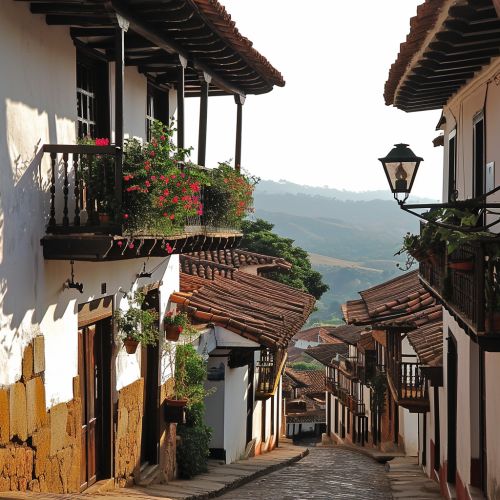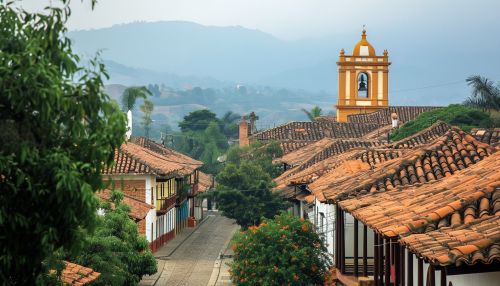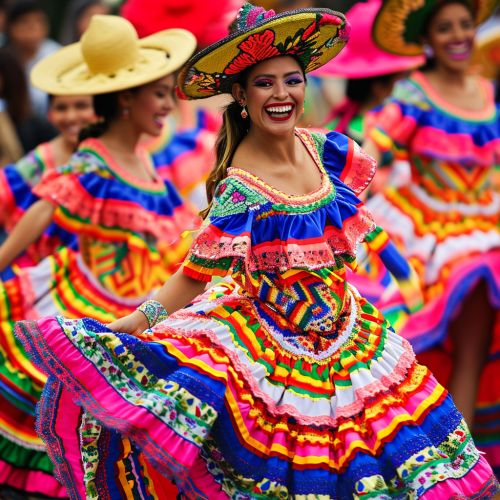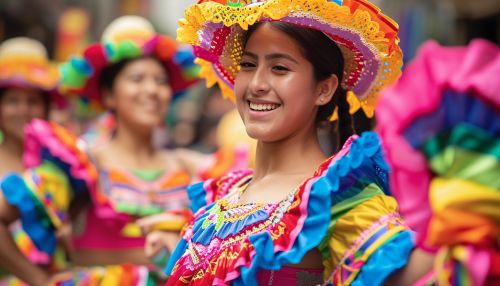Culture of Colombia
History
Colombia's history is marked by a rich tapestry of indigenous cultures, Spanish colonization, and the struggle for independence. The first inhabitants of Colombia were indigenous tribes that arrived around 12,000 BCE. The Spanish arrived in the 16th century, establishing the colony of New Granada. The struggle for independence from Spain was led by Simón Bolívar and Francisco de Paula Santander, culminating in the establishment of the Republic of Colombia in 1819.


Geography and Climate
Colombia is located in the northwestern part of South America, bordered by the Caribbean Sea to the north and the Pacific Ocean to the west. The country's diverse geography includes the Andes mountains, the Amazon rainforest, and coastal plains. Colombia's climate varies from tropical along the coast and eastern plains to cooler in the highlands.
Demographics
Colombia has a diverse population with a mix of ethnic groups including Mestizos, Afro-Colombians, and indigenous peoples. The official language is Spanish, and the country is predominantly Roman Catholic. Colombia's population is concentrated in the Andean highlands and along the Caribbean coast.
Culture
Colombian culture is a fusion of indigenous, Spanish, and African influences. This is reflected in the country's music, dance, art, and cuisine. Traditional music styles include Cumbia, Vallenato, and Salsa. Colombian literature has been internationally recognized, with authors like Gabriel García Márquez winning the Nobel Prize in Literature.


Economy
Colombia's economy is the fourth largest in Latin America. The country is rich in natural resources, and its main exports include petroleum, coffee, coal, and cut flowers. Colombia is also known for its emerald mining industry. The country has made significant strides in economic development and poverty reduction in recent years.
Politics and Government
Colombia is a presidential republic with a multi-party system. The President of Colombia is both the head of state and head of government. The country has a history of political violence and armed conflict, but has made significant progress towards peace in recent years with the signing of a peace agreement with the Revolutionary Armed Forces of Colombia (FARC) in 2016.
Education
Education in Colombia is regulated by the Ministry of Education. The country has a diverse range of public and private schools, as well as universities. Literacy rates in Colombia are high, with the government placing a strong emphasis on education.
Healthcare
Healthcare in Colombia is provided through a universal healthcare system, which provides coverage to all residents. The country has made significant strides in improving healthcare outcomes and reducing health disparities.
